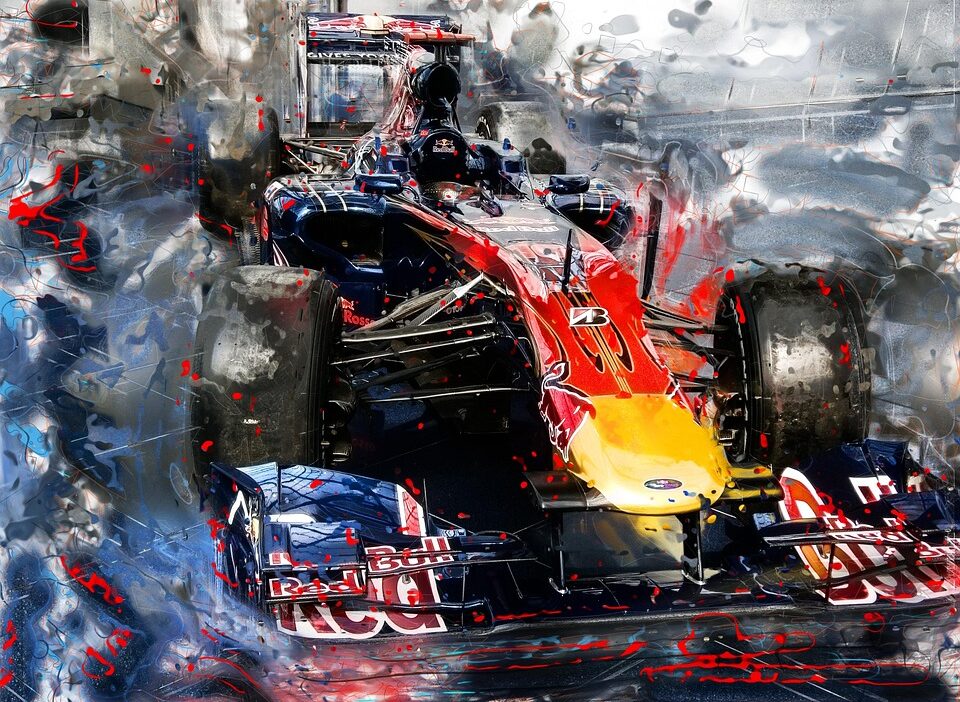Formula 1 is often viewed as the pinnacle of motorsport, where speed meets technology, and the stakes are as high as the speeds on the track. While the roaring engines and high-octane races capture the attention of millions, the real story unfolds behind the scenes in the paddock. This article delves into the hidden world of Formula 1 teams, uncovering the strategies, teamwork, and secrets that contribute to their success.
The Paddock: A Microcosm of Innovation
The paddock is not just a place where teams set up their garages; it is a hub of innovation and engineering excellence. Behind the sleek façade of hospitality units and brightly colored team trailers lies a world of technological marvels. Each team operates with a small army of engineers, mechanics, and strategists, all working in tandem to push the boundaries of performance.
Data-Driven Decisions
One of the key elements of modern Formula 1 is data analysis. Each car is equipped with sensors that gather an unprecedented amount of data during practice sessions and races. Engineers analyze this data in real-time to make informed decisions about tire strategies, car adjustments, and pit stops.
For instance, teams employ data engineers who specialize in driver performance metrics, tire degradation models, and aerodynamic efficiency. The integration of software tools allows teams to simulate numerous race scenarios, aiding in preparation for varying track conditions and competition strategies.
Seamless Teamwork
Behind every successful F1 car is a cohesive unit working sweating bullets under the paddock’s bright lights. Efficient communication and collaboration are vital. Every team member, from the head engineer to tire changers, plays an integral role in the car’s success.
During race weekends, the pressure mounts. Each team has dedicated communication protocols that ensure everyone is on the same page, helping to minimize mistakes during critical moments like pit stops. The precision required in these moments is akin to a well-choreographed dance, where timing can be the difference between winning and losing a race.
The Role of the Pit Crew
Often unseen yet crucial to a successful race weekend is the pit crew. These highly trained individuals undergo rigorous training to perfect their craft, often practicing the same tire change multiple times until they can execute it in seconds.
It’s not just about speed. The pit crew must be able to react to race conditions dynamically. For example, during a safety car period, a last-minute decision to change tires can make or break a race. A cohesive crew can reduce pit stop times to under two seconds, showcasing their precision and teamwork.
The Business of Formula 1
While the cars and drivers get the limelight, the business side of Formula 1 is equally fascinating. Sponsorship deals, merchandising, and television rights generate vast revenue streams that are essential for teams to remain competitive.
Sponsorship Dynamics
Brands invest heavily in Formula 1, leveraging the global reach of the sport. Teams often have to balance their partnership commitments with performance, ensuring their sponsors gain visibility while maintaining focus on winning. The integration of sponsor logos into the car design and team apparel is an art form in itself, coordinating aesthetics with marketing.
The Budget Cap Debate
In recent years, the introduction of a budget cap has transformed the competitive landscape of Formula 1. This cap aims to level the playing field, giving smaller teams a chance to compete with giants. The financial strategies teams employ to maximize performance within this cap add another layer of intrigue to the paddock, requiring creativity and resourcefulness.
The Human Element
Underlying the technology and business is the human element. Formula 1 is filled with stories of resilience, ambition, and collaboration. From seasoned drivers battling for championships to engineers pouring their hearts into the pursuit of perfection, the human narrative is what truly makes F1 captivating.
Driver-Engineer Relationships
The bond between a driver and their engineer is integral to a team’s success. Communication must flow seamlessly, allowing drivers to convey their sensations on the track while engineers provide crucial feedback on car performance. This symbiotic relationship is often shaped by mutual respect and trust built over the course of a season.
Mental and Physical Resilience
The life of a Formula 1 team member, especially a driver, is demanding both physically and psychologically. The pressure to perform at the pinnacle of motorsport can be overwhelming. Teams increasingly recognize the importance of mental health and physical fitness, providing support systems for their personnel to cope with the intense emotional highs and lows.
Conclusion
The paddock of Formula 1 is a microcosm of cutting-edge technology, teamwork, and business acumen, all fueled by the pursuit of speed and excellence. While fans cheer for their favorite drivers from the sidelines, the real magic happens behind the scenes, where the complexities of engineering and human collaboration come together to create the spectacle of racing. As the sport continues to evolve, those who work tirelessly in the paddock will undoubtedly play a pivotal role in shaping its future. Whether it’s through innovative technology, strategic partnerships, or the sheer power of teamwork, the hidden secrets of Formula 1 teams ensure that the race never truly ends.



